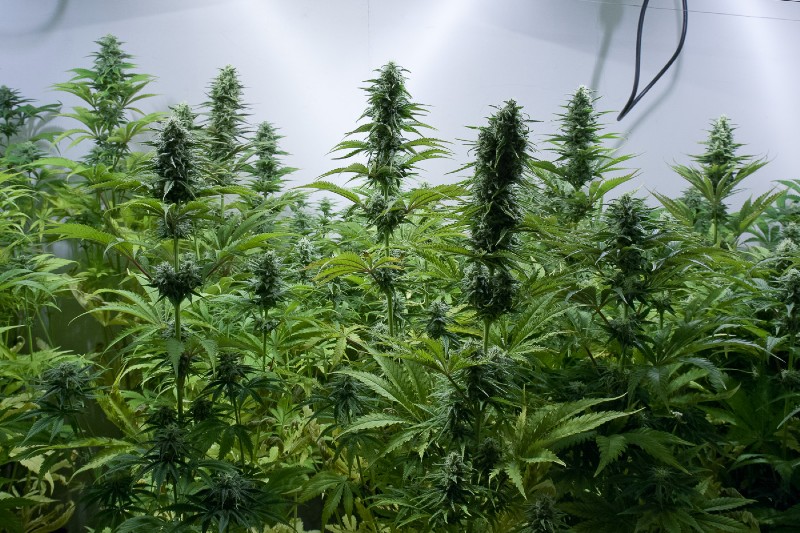It is necessary to define where Phytotherapy can help in maintaining health. As a complementary therapy, it cannot be seen as an adversary, substitute, or even alternative to traditional medicine, but rather as an ally that complements enhances, or helps its conventional therapies. There are many examples in medicine where traditional therapies can benefit either through prevention or the effectiveness of treatments, or improving the patient’s well-being. In this way, complementary therapies tend to be an option, and with them, the area of Phytotherapy.
As already noted, modern herbal medicine combines traditional herbal medicine with the most advanced research in medicinal plants and is open to innovation.
The increase in the consumption of herbal products can also be associated with the dangers of the abusive and irrational use of synthetic pharmaceutical products that can have very serious side effects are increasingly being questioned, and they seek to replace them with medicinal plants. The evidence of therapeutic action also favors this dynamic.
Quality Assurance
Today, Phytotherapy is no longer based on its traditional use, contrary to what happened before. Studies increasingly support it as rigorous as conventional medicine with the same quality, efficacy, and security criteria. There is a set of requirements that a product must fulfill to be approved for sale on the market, with the primary objective of guaranteeing the well-being and safety of the consumer.
The prerequisites for ensuring quality in herbal medicine go through the standardization process, which begins during the cultivation of the fresh plant, continuing through validated production processes to result in a product that contains the constituents of the fresh plant in a stable composition. Nowadays, legislation regulates the production of different herbal health products.
What Is Natural? Is It Bad?
The use of plants for therapeutic purposes without proper guidance is a concern that must be considered by health professionals, as well as by all those involved in health education, given the incidence of species with a record of toxicity and contraindications in its use. Thus, the risk of intoxication caused by its misuse must always be considered. Care in the prescribed dosages and care in the precise identification of the material used can avoid accidents.
The false idea that everything that is “natural is good” or, as it is so often said, that “plants are not harmful to health” must be clarified by health professionals in the community. From the crossing of information obtained with bibliographic data, it can be concluded that a large part of the plants mentioned as being of therapeutic use in different populations presents some type of toxicity or contraindication for use in specific population groups.
The absence of information about some plants does not necessarily mean the absence of toxicity or contraindication, but it may be associated with the lack of studies in this regard.
Herbal preparations, despite being “natural,” are not harmless. Its possible negative effects are generally due to its active constituents’ pharmacological characteristics and dosages. Herbal medicines or preparations can be potentially toxic if misused and as a substitute for conventional medicines. In this way, both users and doctors or other health professionals must be able to make the best risk-benefit assessment before using or advising any drug or herbal product.
The use of health products such as PaylessKratom kratom capsules for instance derived from plants is complex because it results from an interaction between numerous components creating the global effect of a single extract. In this way, the rational and thoughtful choice and use is a huge advantage in maintaining health and preventing a series of health problems, leading to a lower incidence of minor pathologies that greatly impact global health and the economy.





